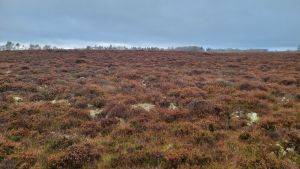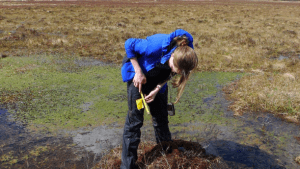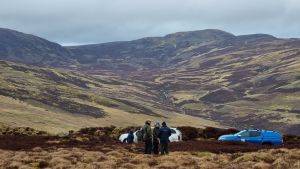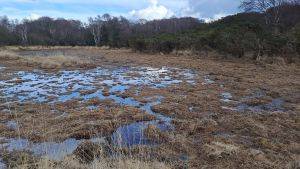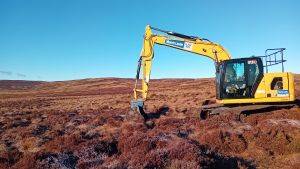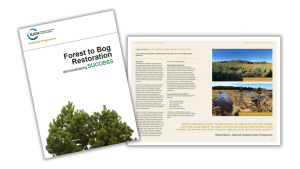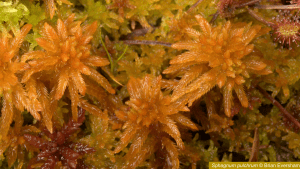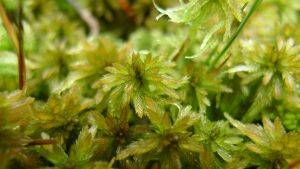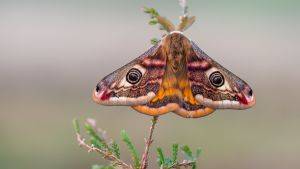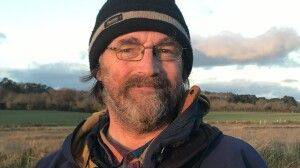Peatlands are areas of land, habitats, supported by a naturally accumulated layer of peat. Peat soils are formed from carbon rich, dead and decaying plant material under waterlogged conditions.
As iconic landscapes peatlands offer breathing spaces for millions of people, support livelihoods and provide a sense of place for many communities. The peat itself harbours a rich palaeo-ecological and historic archive with preserved artefacts from past human societies and a wealth of information about our changing environment, land management and climate. Peatlands are important source catchments for drinking water and also have a role in the regulation of water flows. They also support species and habitats that depend on often extreme, waterlogged conditions are of international importance for biodiversity conservation.
Peatlands cover 3% of the world’s land area – an estimated 4 million km2.
Peatlands are the world’s largest terrestrial carbon stock – storing at least 550 Gigatonnes of carbon globally – more than twice the carbon stored in all the world’s forests.
Peatlands are found in 180 countries worldwide and span across all continents from naturally forested peatlands in Europe and tropical peat swamps in South East Asia, to vast permafrost area of Russia and Canada, and high mountain peatlands in the Andes and Himalayas.
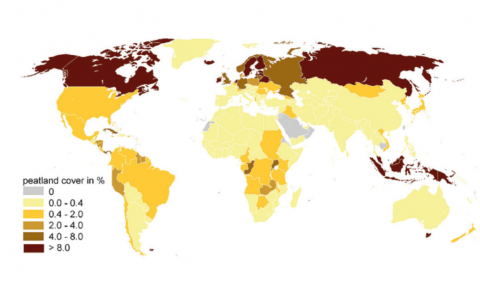
Peatlands are also known as: moors, bogs, mires, peat swamp forests, permafrost tundra, peat moss, muskegs, fens…
Above: Estimated distribution of peatlands across the world; reproduced with kind permission from Joosten (2009).

